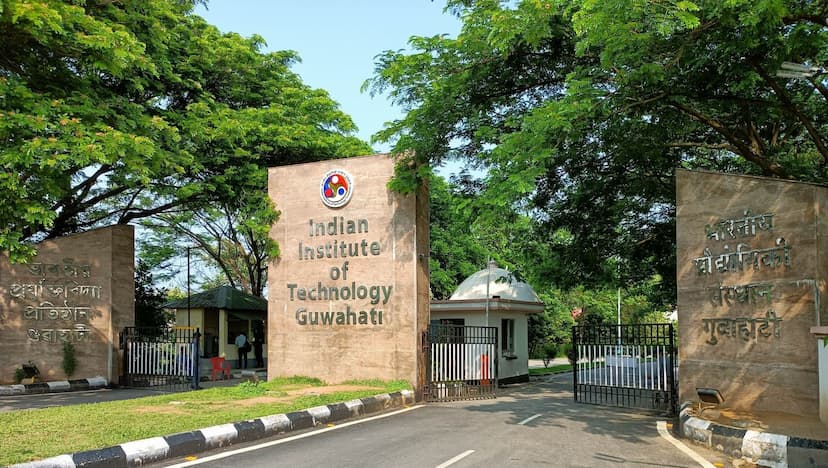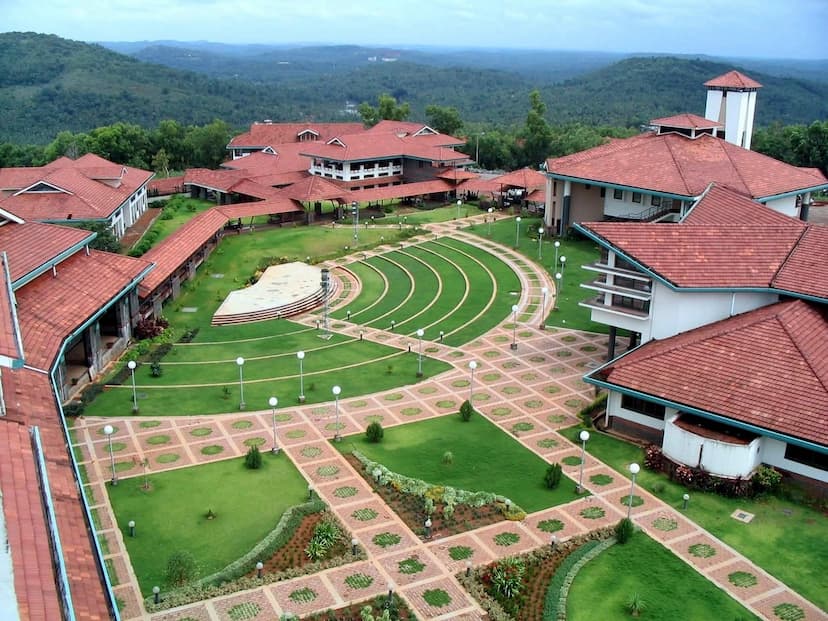IIT Guwahati develops high performance materials

IIT Guwahati researchers have developed novel materials and methodology that significantly enhances the performance metrics of supercapacitors.
Team of researchers led by Prof. Uday Narayan Maiti, Department of Physics, IIT Guwahati, the findings of this research have been published in the prestigious journal, “Small” (published by Wiley-VCH).


Supercapacitors
Supercapacitors, akin to batteries, serve as energy storage devices. However, unlike batteries that rely on chemical reactions, supercapacitors store energy through the electrostatic field – the separation of charges.
Renowned for their remarkable efficiency, supercapacitors can complete rapid charging and discharging cycles in mere seconds, say sources from IIT Guwahati.
Powering quick-charging devices such as digital cameras and LED flashlights, supercapacitors boast charging times as short as 90 seconds, say sources from IIT Guwahati.

They prove indispensable in applications requiring bursts of power over short periods, such as defibrillators used for heart stabilization and power stabilization in devices like laptops, say sources from IIT Guwahati.
Challenges
Despite their exceptional energy storage properties, supercapacitors face challenges in widespread commercialization. For any supercapacitor technology to achieve commercial success, it must simultaneously meet three critical performance metrics:
· Gravimetric capacitance

· Volumetric capacitance
· Areal capacitance


However, achieving high areal capacitance necessitates large amounts of energy-storing active materials for the electrodes, resulting in a trade-off with volumetric and gravimetric capacitances, say sources from IIT Guwahati.
Tackling the challenge
To tackle this challenge, Prof. Maiti’s team introduced a composite electrode comprising MXene and bio-waste-derived cellulose nanofibers (CNF).
MXenes represent two-dimensional inorganic materials comprising extremely thin layers of transition metal carbides, nitrides, or carbonitrides, say sources from IIT Guwahati.
In this study, the team used a novel electric-field guided method to assemble these extremely thin and small nanomaterials to form the electrodes.
Nanofibers, on the other hand, are filaments 100,000 times thinner than human hair.
These nanofibers were strategically included to overcome the performance trade-off with very high mass loading electrode.
Impressive capacitance
Prof. Uday Narayan Maiti from the Department of Physics, IIT Guwahati, said that these MXene-CNF-hydrogel-derived electrodes exhibit impressively high areal and volumetric capacitance with very high areal mass loading more than 70 mg/cm2.
They maintain 96% of their capacitance after 20,000 charge-discharge cycles, showcasing robust long-term operational stability, said Prof Uday of IIT Guwahati.
MXene Sheets
The researchers assembled MXene sheets into porous hydrogel structures – gels that retain a significant amount of water. They found that dehydration of these hydrogels resulted in the creation of blocked localized pores.
The introduction of CNFs derived from garlic husk interconnected the pores and facilitated ion transport, say researchers from IIT Guwahati.

Practical supercapacitors
Practical supercapacitors boasting high aerial, volumetric, and gravimetric capacitance hold promise for applications in electric vehicles, renewable energy systems, and consumer electronics, heralding significant advancements in energy storage technology.
ABOUT IIT GUWAHATI
Indian Institute of Technology Guwahati, established in 1994, completed 25 years of glorious existence in 2019.
At present, the Institute has eleven departments, nine interdisciplinary academic centres and five schools.
They cover all the major engineering, science, healthcare, management, and humanities disciplines, offering BTech, BDes, BSc(Hons), MA, MDes, MTech, MSc, MS(R), MBA and PhD programmes.
The institute offers a residential campus to 439 faculty members and more than 8,600 students at present.
IIT Guwahati has retained the 7th position among the best engineering institutions of the country and 9th position in both ‘Overall’ and ‘Research’ Categories in the ‘India Rankings 2023’ declared by the National Institutional Ranking Framework (NIRF) of the Union Ministry of Education.
S Vishnu Sharmaa now works with collegechalo.com in the news team. His work involves writing articles related to the education sector in India with a keen focus on higher education issues. Journalism has always been a passion for him. He has more than 10 years of enriching experience with various media organizations like Eenadu, Webdunia, News Today, Infodea. He also has a strong interest in writing about defence and railway related issues.






 Exam is conducted by Acharya Nagarjuna University in Guntur on behalf of Andhra Pradesh State Council For Higher Education (APSCHE).
Exam is conducted by Acharya Nagarjuna University in Guntur on behalf of Andhra Pradesh State Council For Higher Education (APSCHE).

